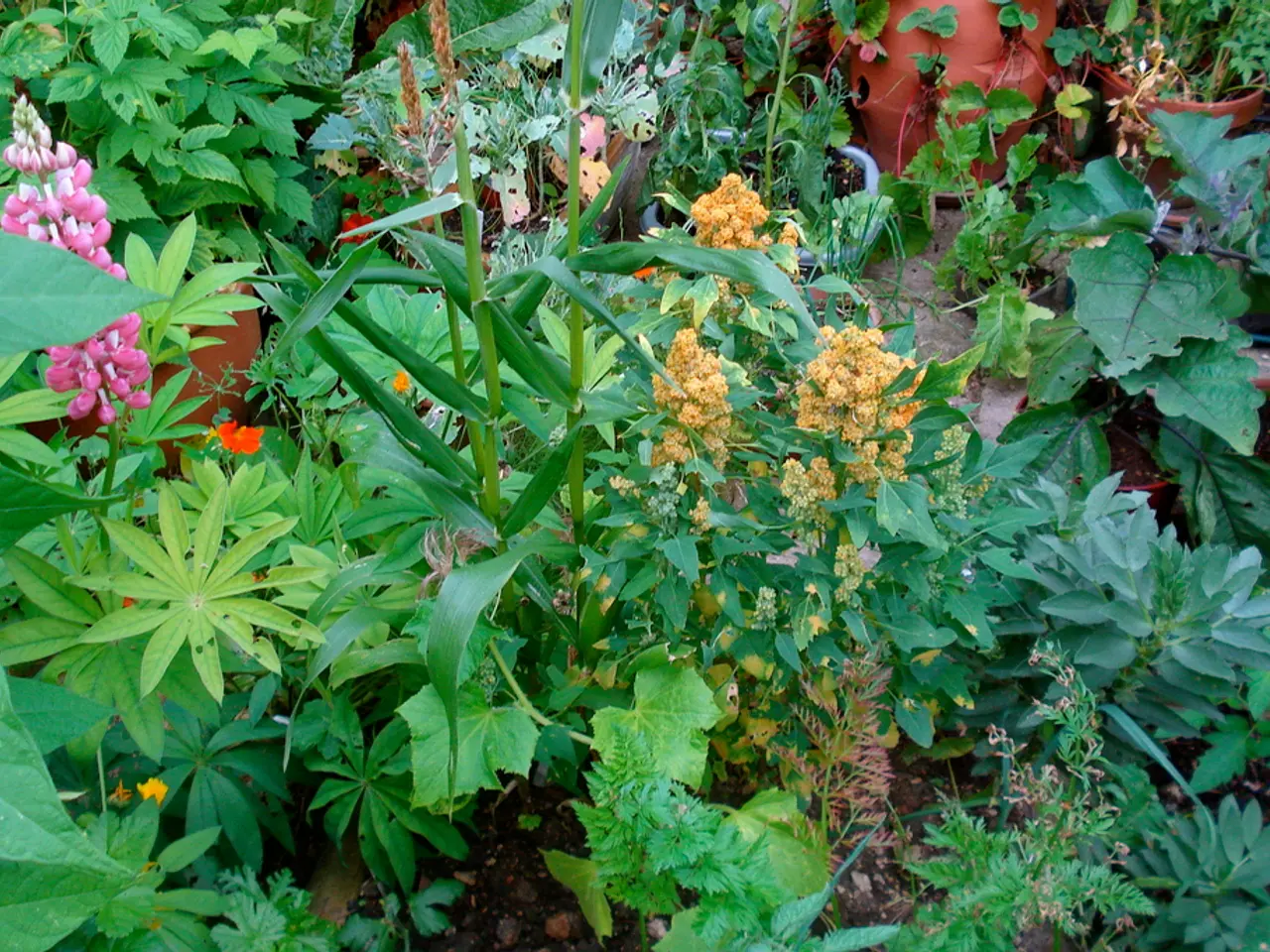Maintaining Vibrant Greenery
In the realm of modern agriculture, a multi-pronged approach known as Integrated Plant Health Management (IPHM) is gaining traction. This strategy, closely aligned with Integrated Pest Management (IPM) principles, offers an effective, sustainable solution for managing plant pests and pathogens.
The IPHM strategy encompasses five key categories: Cultural Practices, Biological Control, Chemical Control, Physical and Mechanical Control, and Monitoring and Decision-making.
Cultural Practices involve modifying the growing environment to reduce pest and disease pressure. Examples include crop rotation, selecting resistant varieties, proper irrigation, and field sanitation. By rotating crops, we can disrupt disease cycles, and planting disease-resistant cultivars prevents infections.
Biological Control utilizes natural enemies or beneficial organisms to control pests or diseases. This includes introducing or conserving predators, parasites, or microbial antagonists that attack pathogens or insect pests. For plant diseases, beneficial microbes can suppress soil-borne pathogens.
Chemical Control employs the cautious, targeted use of pesticides (fungicides, bactericides) only when monitoring indicates a need. The emphasis is on selecting treatments that minimize environmental and health risks, applied judiciously and at the right timing. For example, fungicides to control apple scab in apple orchards are applied based on disease monitoring.
Physical and Mechanical Control involves physical barriers, traps, or removal methods. Examples include pruning to remove diseased plant parts, traps for insect vectors, or sanitation measures to remove crop residue harboring pathogens.
Monitoring and Decision-making is about systematic observing and identification of pests and diseases to determine if treatment is needed. This can include scouting, use of sensors, or disease severity assessment to time interventions precisely, thereby reducing unnecessary treatments.
In terms of plant disease management examples relevant to each category, Cultural Practices might involve crop rotation, use of disease-resistant cultivars, and sanitation to remove infected debris. Biological Control could involve the use of beneficial microbes that antagonize pathogens, while Chemical Control might entail timely fungicide applications for apple scab or alternaria control, or bactericides applied when bacterial diseases are detected. Physical/Mechanical methods could include pruning to remove wilted or infected branches, mechanical removal of diseased plant parts, or use of barriers. Monitoring/Decision-making could involve disease scouting and severity assessment, digital monitoring tools for precise detection, and guiding the timing and necessity of treatments.
Genetic Host Resistance, involving the use of genetically resistant plants to minimize plant damage caused by insects and pathogens, is another method used in IPHM. This is often recommended as the first line of defense for avoiding or minimizing plant damage.
Chemical Applications, involving the use of pesticides such as herbicides, insecticides, fungicides, and nematicides to suppress or inhibit pest/pathogen activity, is another method used in IPHM. However, the use of pesticides is often considered the least desirable method due to concerns over potential dangers to humans, the environment, food products, animals, and the atmosphere.
Many greenhouses and nurseries use quarantine measures to keep new material separated from the old, preventing the spread of a pathogen to other plants in the greenhouse. Strict government inspections and quarantines of imported plants, plant products, and soil can be effective in keeping a pest or pathogen out of a region or area.
Each manager, irrespective of their cropping system, will need to consider the complexities of the unique system being managed in order to develop an IPHM strategy that best meets their needs. By adopting this integrated approach, we can ensure effective, sustainable plant health management that minimizes pesticide reliance, protects beneficial organisms, and enhances crop resilience.




